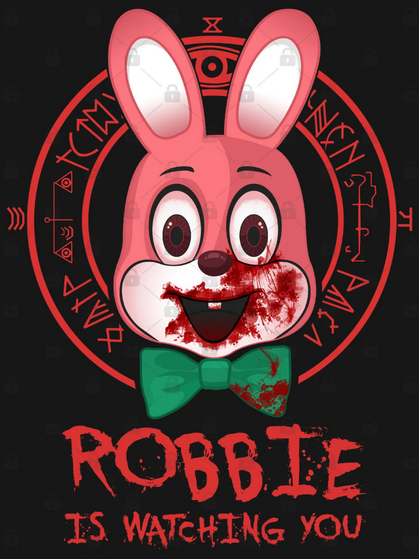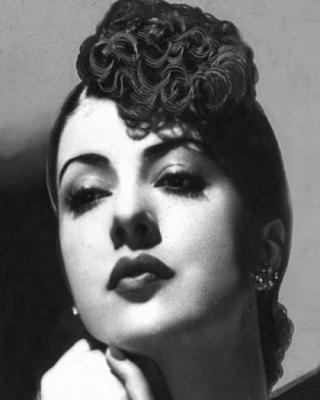
Set at 03:45 on March 09, 2013

| Status: |
Malcontent (9.01) |
| Rank: |
Member |
| Honor: |
0 [ Give / Take ] |
| Affiliation: |
No affiliation. |
| Account Type: |
Regular |
| Gender: |
Female |
| Birthdate: |
January 9, 1911 |
| Age: |
ANCIENT |
| Location: |
in my dressing room, of course |
|
Websites
Quote: If a thing is worth doing, it is worth doing slowly... very slowly.
Hi, I'm Gypsy Rose Lee. I'm a burlesque entertainer. Welcome to my page!
I wish to captivate your attention as you walk with me through the roaring 20's and 30's.
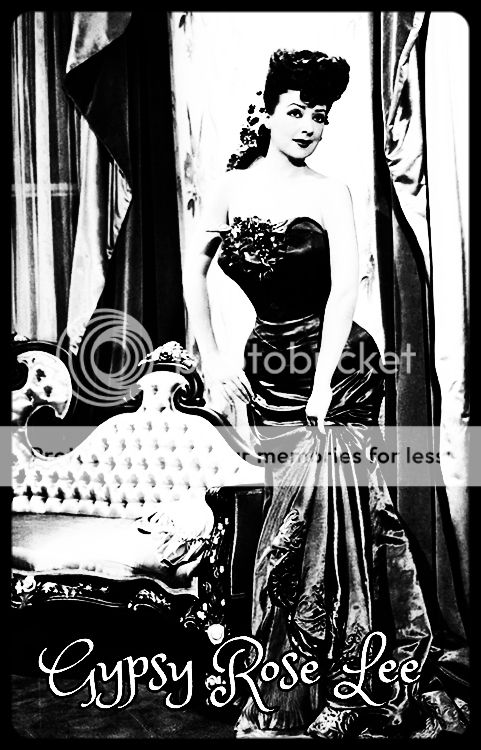
Gypsy Rose Lee was born over 100 years ago. She began working in her sister’s vaudeville act when she was just four years old. Vaudeville was like the reality TV of the 1920s, featuring authentic talent like Harry Houdini and Fannie Brice. In order to become a legend, Gypsy had to survive her mother, the infamous “Mama Rose,” who turned Gypsy and her sister against each other. She threatened to blackmail Gypsy for every dark and secret thing she’d done before making it big, and literally killed—more than once—to get her daughters onstage. While other headliners stripped off every stitch of clothing (and, in some cases, their dignity as well), Gypsy backed up against the velvet curtain, standing tall and regal and unobtainable; the audience always begged for more and was secretly pleased when she refused. She was adored by factory workers, politicians, soldiers, Eleanor Roosevelt, gangsters, New York’s literary elite and everyone in between. She took a full fifteen minutes to peel off a single glove and some say she was so damn good at it they would’ve gladly given her fifteen more.
It is a such a joy for the world to have experienced the exquisite talents and magnificent works of Miss Gypsy Rose Lee.

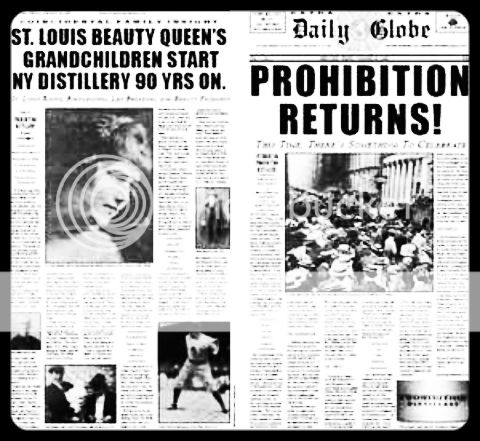
As Americans, we like to look back to the Roaring Twenties and the Prohibition Era with a fond feeling of nostalgia. It was a simpler time, and a time romanticized. It was estimated that Al Capone, Chicago’s most famous gangster, bootlegger and crime boss, raked in $60 million alone on alcohol sales.
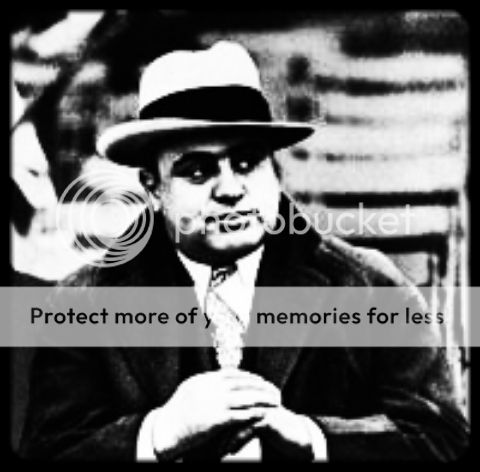

1920s and 1930s pre big band era jazz. ...and the birth of the Big Band
Jazz began to migrate to a big band format combining elements of ragtime, black spirituals, blues, and European music. Duke Ellington, Ben Pollack, Don Redman, and Fletcher Henderson sported some of the more popular early big bands playing hot music. These bands contained burgeoning jazz stars and future big bandleaders like Coleman Hawkins, Benny Goodman, Glenn Miller, Red Allen, Roy Eldridge, Benny Carter, and John Kirby
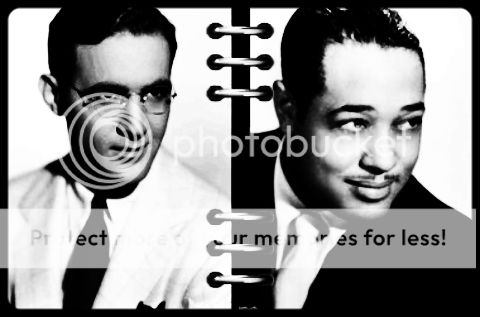

In the 1920's, it felt like the "old fashioned girl" was lost forever and the "new woman" was born. She smoked, drank, voted, danced, wore makeup, cut her hair, and went to parties. She was a flapper. Flappers were going for a new look. Nightclubs were the place to be and women went out with friends forgetting all about chaperones. Ladies were active and wild which shocked the older generations.


The Great Depression
It was called "Black Tuesday" October 29th 1929 the day the Stock market crashed, the official beginning of the Great Depression. As stock prices plummeted with no hope of recovery, panic struck. Masses and masses of people tried to sell their stock, but no one was buying. The stock market, which had appeared to be the surest way to become rich, quickly became the path to bankruptcy.
Afraid they would lose their own savings, people rushed to banks that were still open to withdraw their money. This massive withdrawal of cash caused additional banks to close. Since there was no way for a bank's clients to recover any of their savings once the bank had closed, those who didn't reach the bank in time also became bankrupt.
Businesses and industry were also affected. Having lost much of their own capital in either the Stock Market Crash or the bank closures, many businesses started cutting back their workers' hours or wages. In turn, consumers began to curb their spending, refraining from purchasing such things as luxury goods. This lack of consumer spending caused additional businesses to cut back wages or, more drastically, to lay off some of their workers. Some businesses couldn't stay open even with these cuts and soon closed their doors, leaving all their workers unemployed.

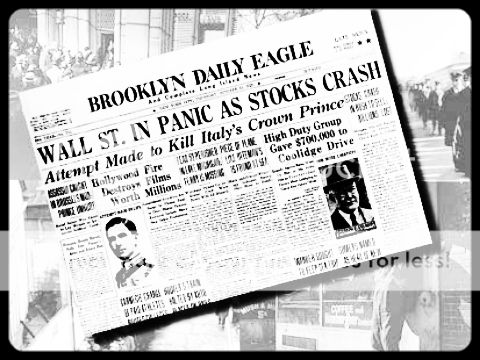

The rise of Gangsterism
Lack of work, a prohibition against the sale of alcohol, followed by the devastation of the Great Depression, notorious criminals like Legs Diamond, Bonnie and Clyde, and John Dillinger, Pretty Boy Floyd ,Baby Face Nelson , Ma Barker, Dutch (The Dutchman) Schultz rose to fame often dominating the newspaper headlines, and often deemed modern day Robin Hoods for their willingness to fight back against what many saw as unjust laws and a government that seemed to have abandoned the American people. Bootlegging, bank robbery, and crimes sprees that left many lying dead in the wake were common as the FBI's Most Wanted. They took what they wanted and lived by the gun.
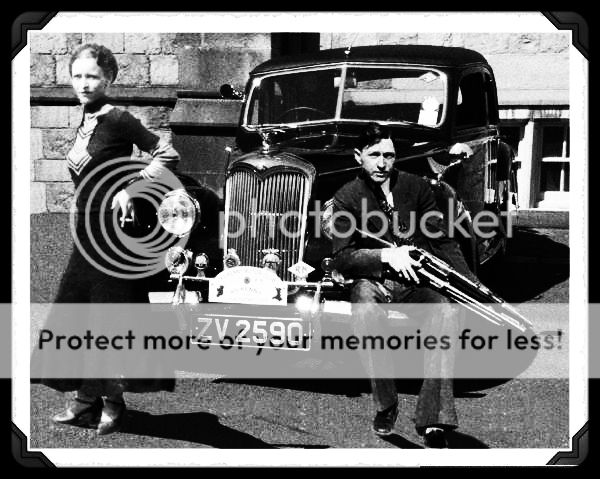

Bootlegging
Despite national Prohibition, many Chicagoans sought alcoholic beverages during the 1920s. To meet this demand, large organizations brewed beer and imported and distributed liquor; thousands of families manufactured bootleg, providing access to the decade's prosperity; and neighborhood soft drink parlors sold these illegal products. Bootlegging thus undermined the Prohibitionists' great social experiment. Official efforts to stop bootlegging were halfhearted, though supply restrictions meant bootleg booze was often of inferior quality. Competition over bootlegging markets turned so violent that gangs, alcohol, and crime became a permanent part of Chicago's reputation.
Bootlegging helped lead to the establishment of American organized crime, which persisted long after the repeal of Prohibition. The distribution of liquor was necessarily more complex than other types of criminal activity, and organized gangs eventually arose that could control an entire local chain of bootlegging operations, from concealed distilleries and breweries through storage and transport channels to speakeasies, restaurants, nightclubs, and other retail outlets. These gangs tried to secure and enlarge territories in which they had a monopoly of distribution. Gradually the gangs in different cities began to cooperate with each other, and they extended their methods of organizing beyond bootlegging to the narcotics traffic, gambling rackets, prostitution, labor racketeering, loan-sharking, and extortion. The national American crime syndicate, the Mafia, arose out of the coordinated activities of Italian bootleggers and other gangsters in New York City in the late 1920s and early 1930's.

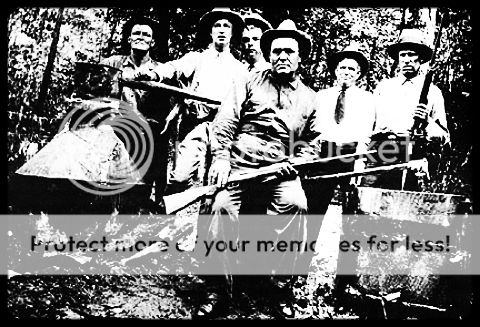

World War II
Adolf Hitler, the head of the Nazi Party, was elected Chancellor of Germany in 1933. Prior to the military invasion that instigated World War 2, Hitler had slowly been rebuilding Germany's army and infrastructure, which was devastated after the First World War. He also began eroding the rights of Jews in Germany and devising his plan to take over Europe and eradicate the Jewish people entirely.
After Hitler invaded Poland, France and England declared war on Germany, but did not offer sufficient support to thwart Hitler's Nazis. In May of 1940, Germany invaded many more European countries, including France and Holland, and many of them fell to Nazi forces within weeks. By the end of September in 1940, the major power players of World War 2 had divided into two groups: the Allies, including England, France, Poland, and the U.S., and the Axis powers, comprised of Germany, Italy, and Japan. With the attack on Hawaii's Pearl Harbor by Japanese bombers in 1941, the Americans were drawn into the fray against both in the Pacific and in Europe.
It is estimated that between 50 and 70 million people died during World War 2. When Allied troops finally advanced into German territory, they discovered what Hitler had termed his final solution for the Jews: concentration camps in which millions of Jews had been systematically murdered.
World War 2 in Europe ended in May of 1945. The United States war with Japan did not end until August of that year when the United States dropped atomic bombs on Hiroshima and Nagasaki, two Japanese cities. World War 2 was the first and only time nuclear weaponry had been used in warfare, and World War 2 holds the unenviable distinction of resulting in more deaths than any other human conflict in history.
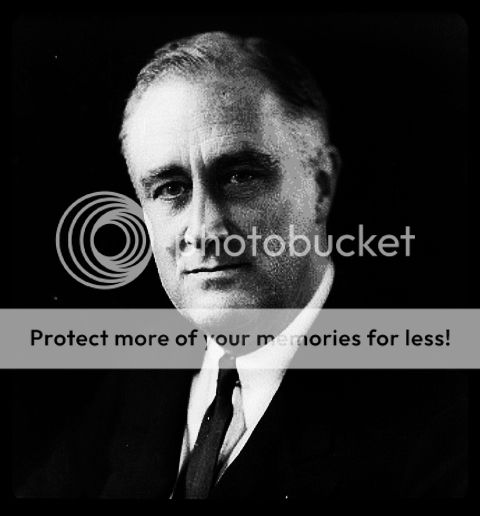
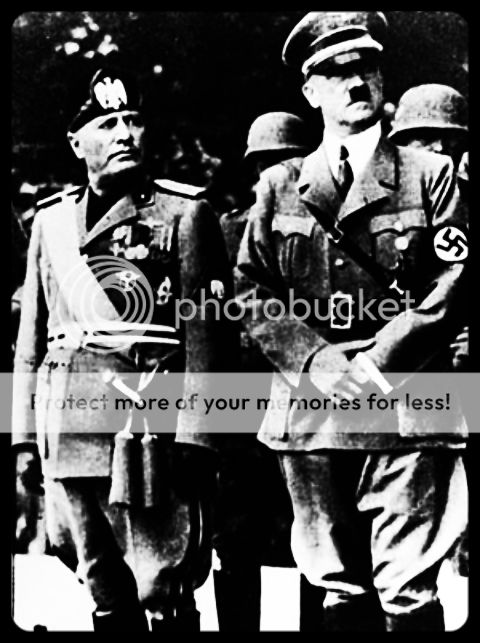
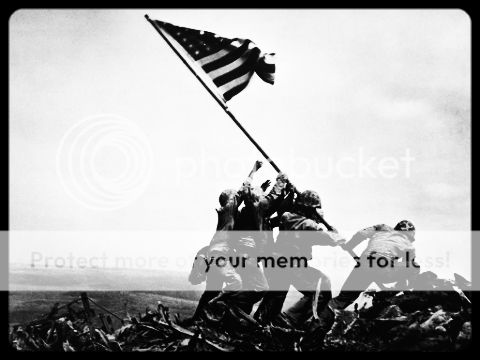
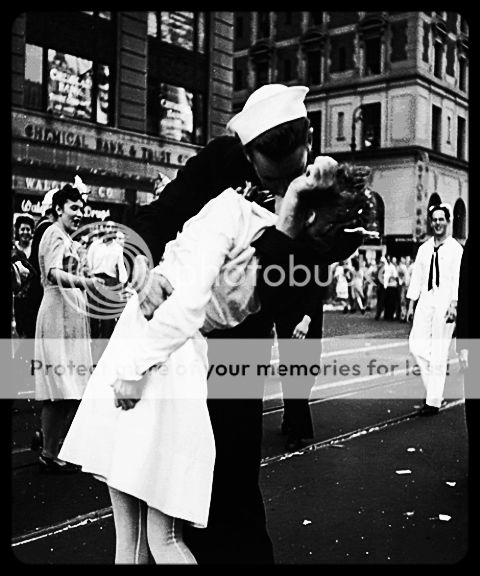

| Member Since: | Mar 02, 2013 |
| Last Login: | May 09, 2014 |
| Times Viewed: | 3,231 |
| Times Rated: | 176 |
| Rating: | 9.861 |
Rate this profile
you have been rated fairly
by
MistressofChains
[ All Comments ]
RECENT FORUM POSTS
Venerable Sire (132)
Answer In Song
| Cherry pie-WarrantDescribe your favorite movie |
23:19 - December 01 2025
READ POST

Superior Sire (147)

Premiere Sire (121)
Four Word Story
| something was moving slowly |
14:53 - November 28 2025
READ POST
REAL VAMPIRES LOVE VAMPIRE RAVE
Vampire Rave is a member of
Page generated in 0.0725 seconds.
























